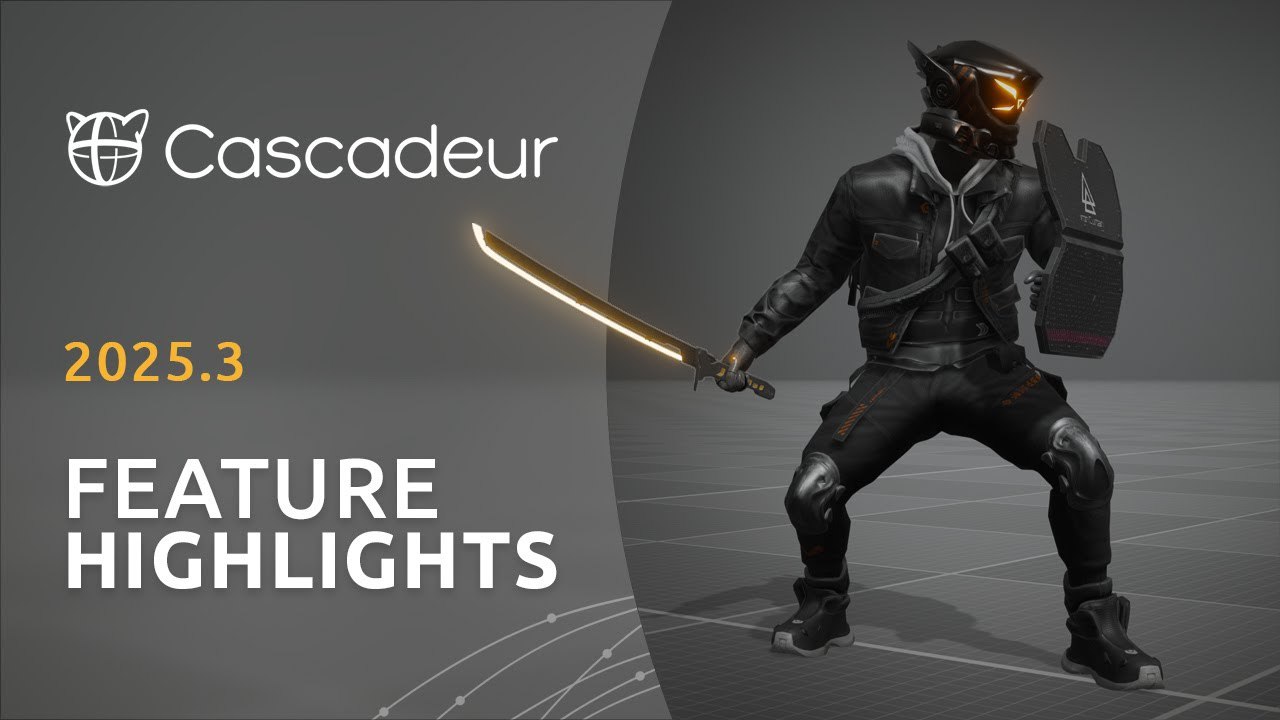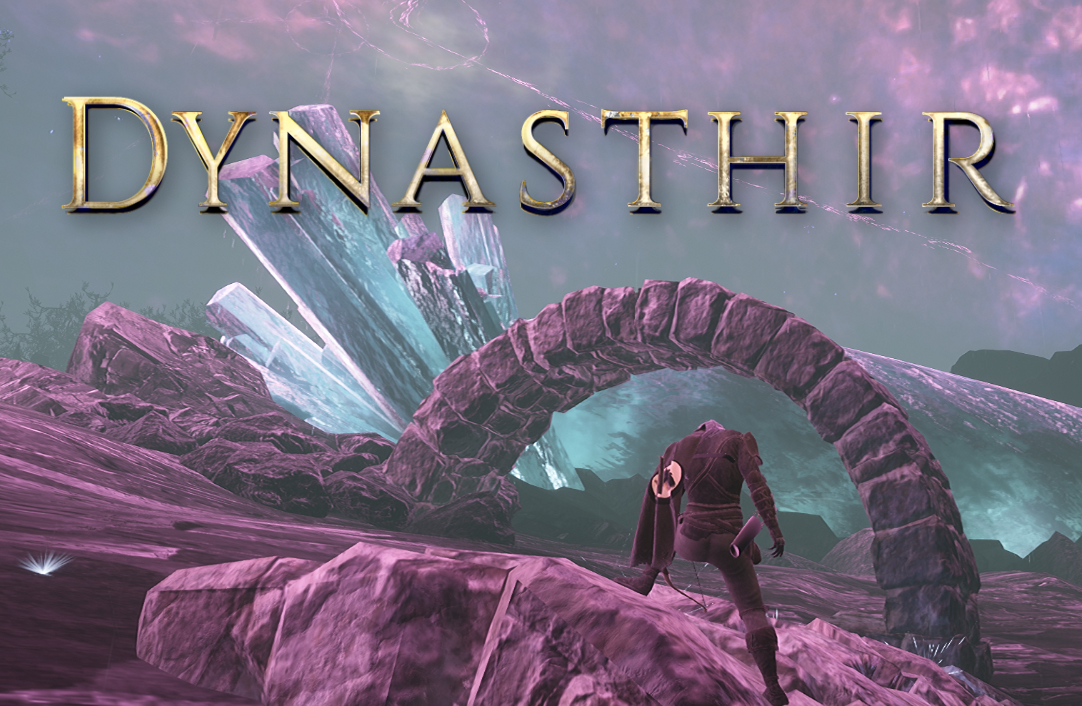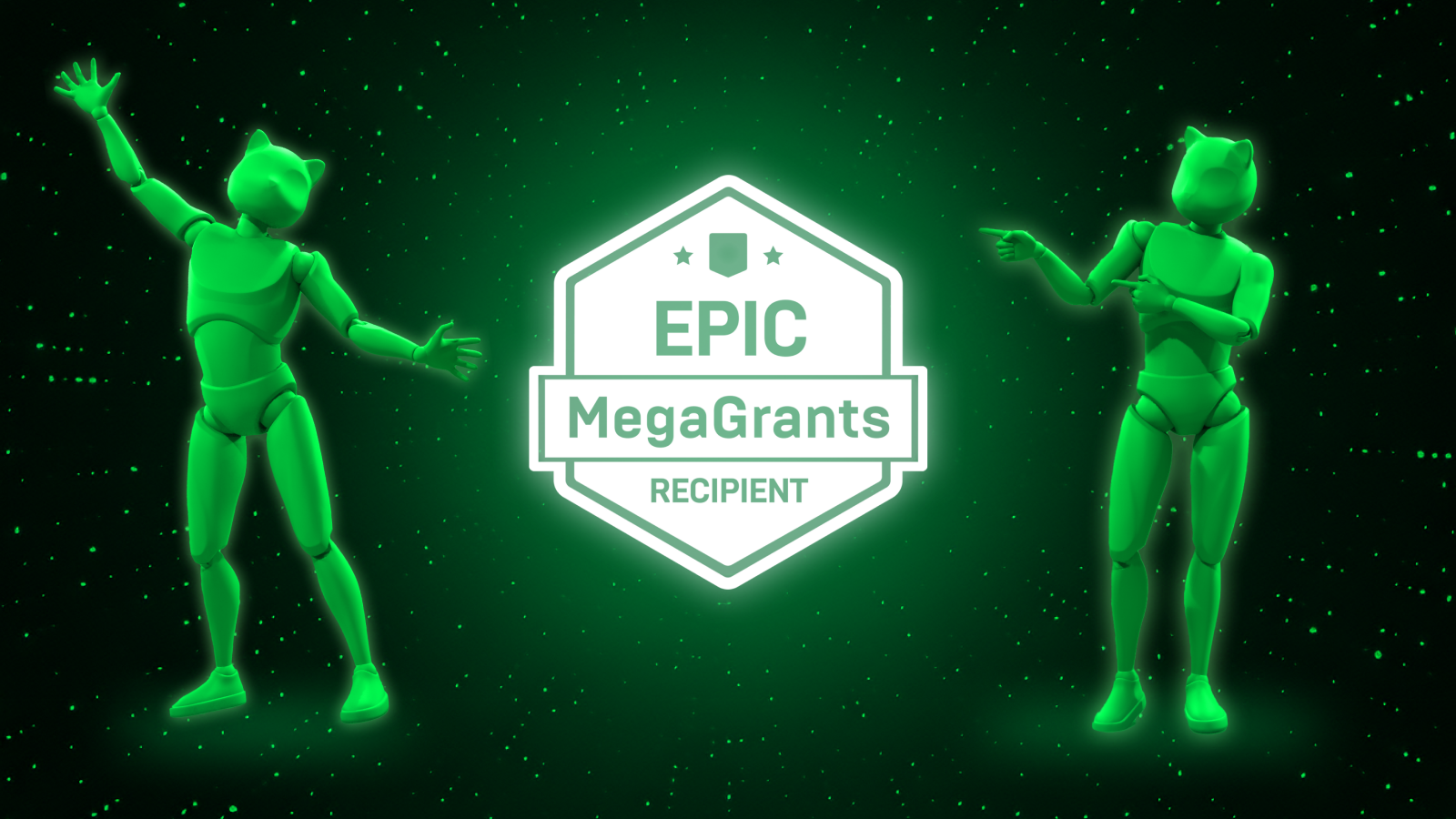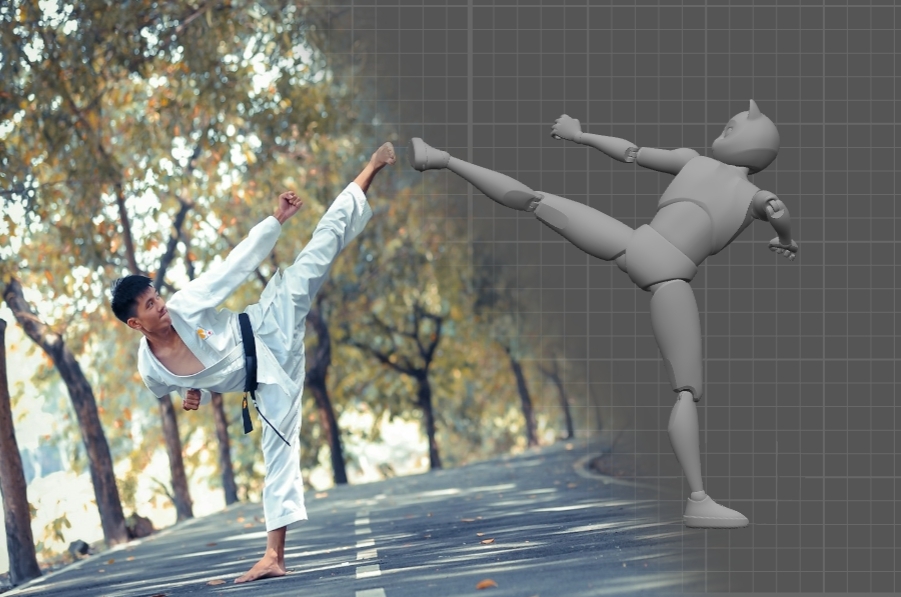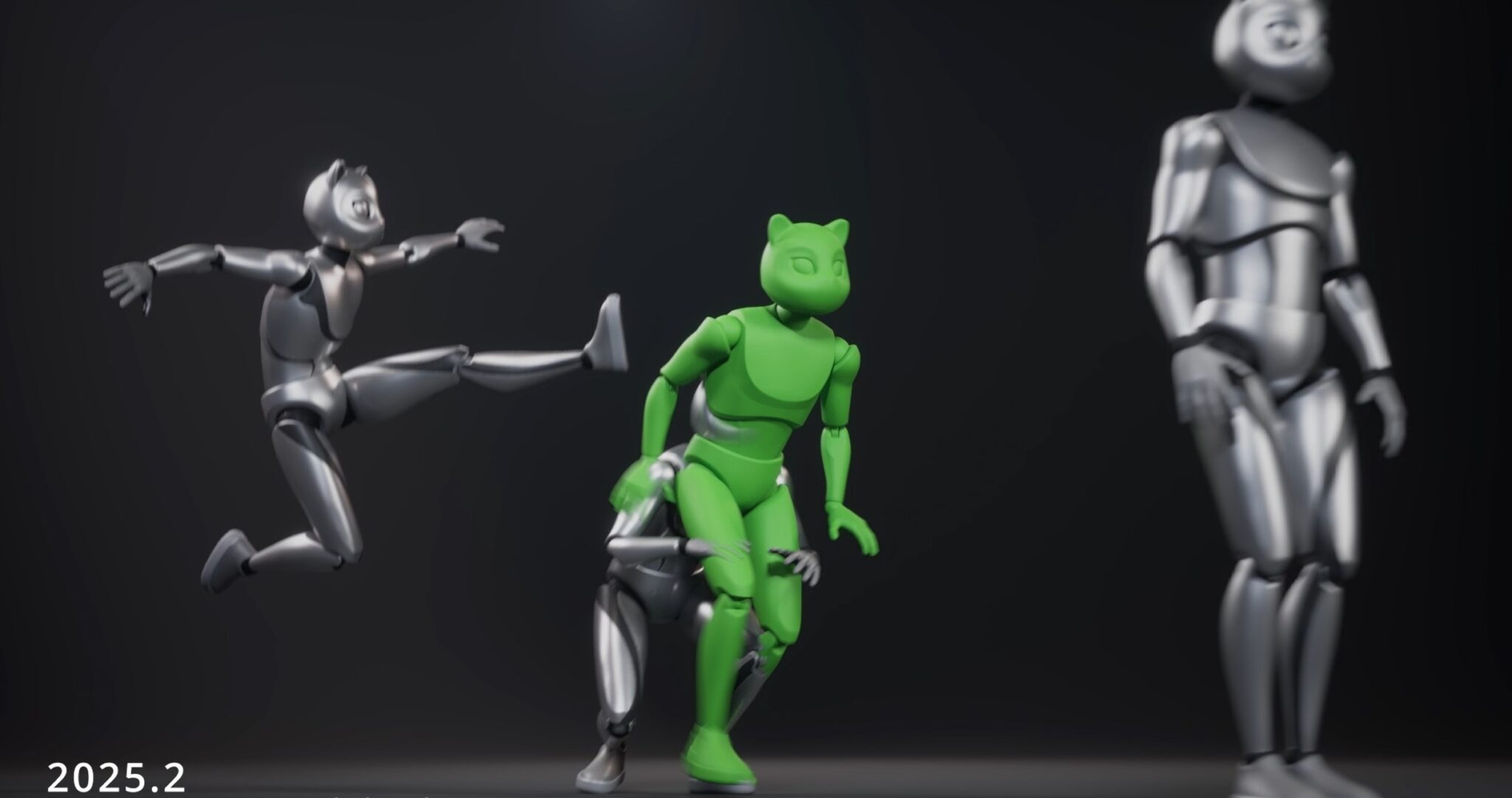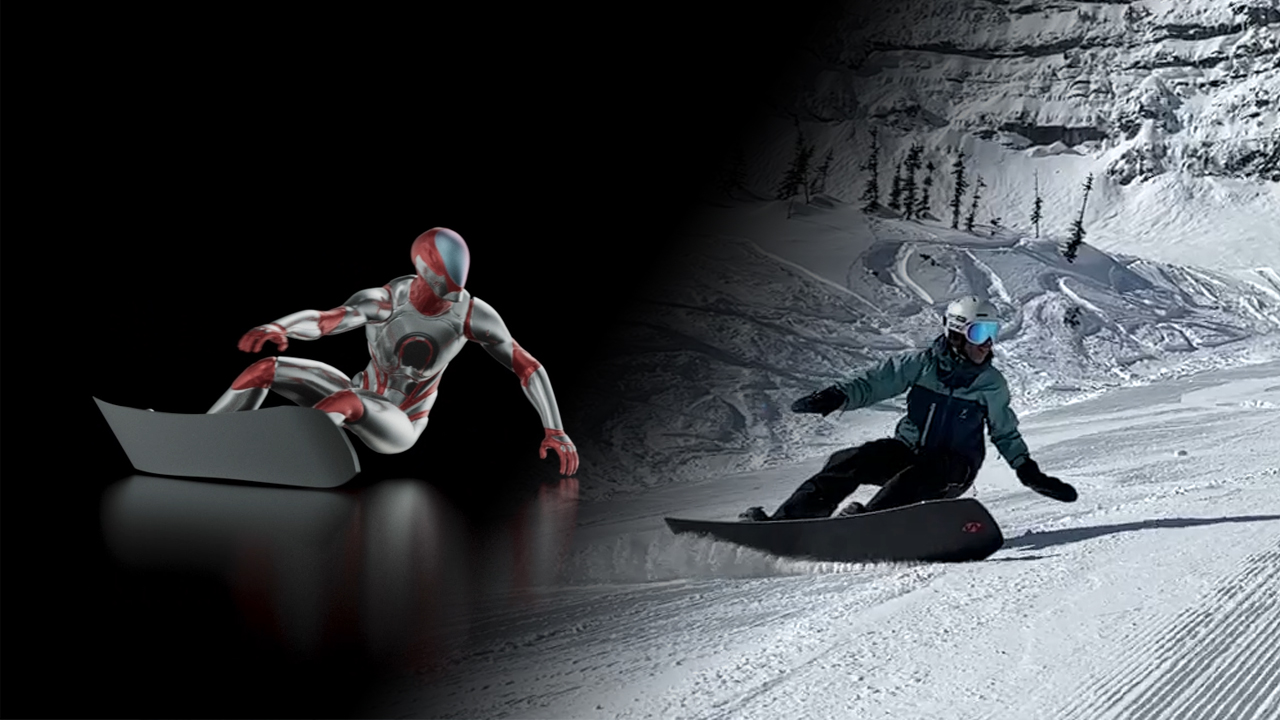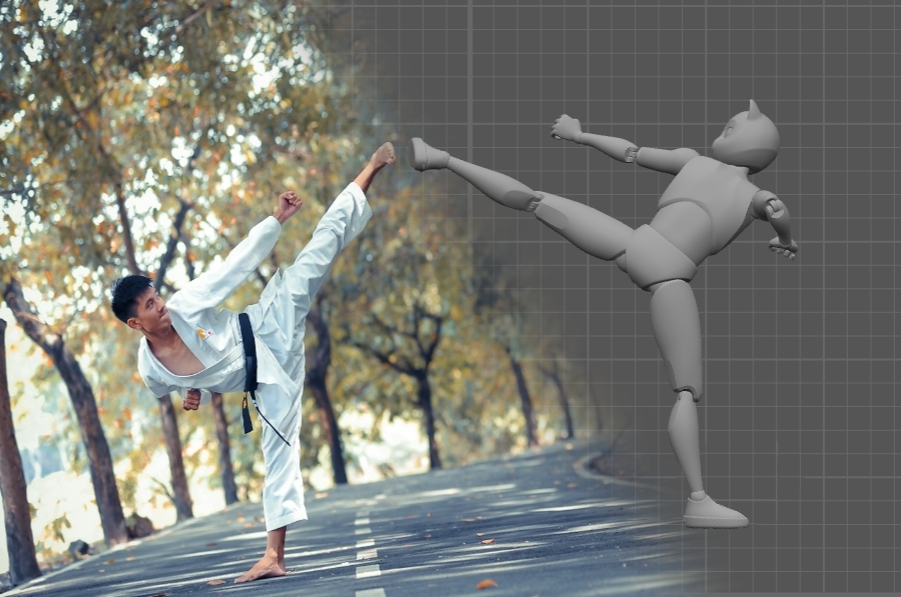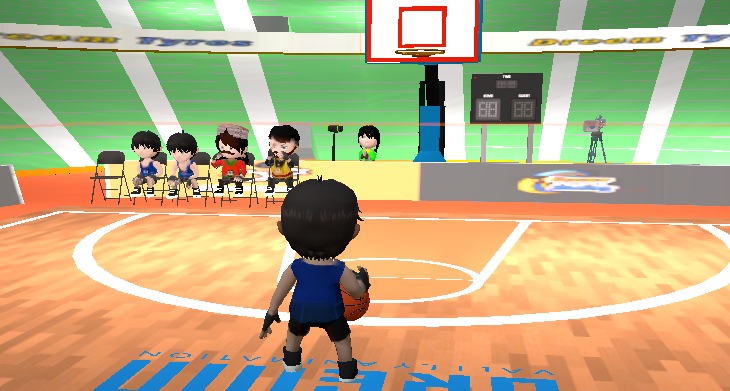
Introduction
Welcome, fellow game developers! My name is Ali Waqar, and I'm thrilled to share my journey of creating a 3D Olympics mobile game. This blog post delves into the intricacies of my development process, from my initial inspiration to the pivotal role Cascadeur played in bringing my vision to life. Along the way, I'll touch on my background, the challenges I faced, and how Cascadeur's innovative features have transformed my approach to animation. Whether you're an aspiring developer or a seasoned professional, I hope my story inspires and informs your own game development endeavors.
The Development Journey: From Inspiration to Creation
I've always been passionate about video games and equally enthusiastic about creating them. From a young age, I was fascinated by the immersive worlds and intricate mechanics that games offer. This fascination naturally evolved into a desire to understand the particulars of game development. My journey began with learning through YouTube videos and online courses, providing a solid foundation in various aspects of game design and development, from basic programming concepts to advanced techniques in animation and user interface design.
To further my skills, I taught myself programming through a combination of books and additional online courses. This self-taught path was challenging but immensely rewarding, allowing me to learn at my own pace and focus on the areas that interested me the most. Over time, I became proficient in several programming languages and tools commonly used in game development, such as C#, Unity, and Blender.
My inspiration for the Olympics game first came from the classic arcade game Track & Field from the 1980s on the NES. This game was one of the first I ever played and left a lasting impression on me. Its combination of multiple sports events and the need for precise timing and strategy ignited my passion for video games. Later on, the motion controller-based gameplay of Sonic and Mario at the Tokyo Olympic Games intrigued me, adding a layer of physical interaction and realism. However, its exclusivity to the Nintendo Switch motivated me to develop an Olympic game for mobile phones, leveraging touch and gyro inputs to make the game accessible to a larger audience.

Balancing my career with my passion for game development, I took a job as an animation instructor at a university. This position not only provided financial stability but also allowed me to hone my skills and work on my project. Teaching animation has been fulfilling as it enables me to share my knowledge with aspiring animators while continuously improving my techniques. The academic environment also provides a unique opportunity to stay updated with the latest developments in animation and game design.
I have been developing this project for about two years, dedicating countless hours to ensure it meets high standards of quality and gameplay experience. The development process has involved extensive research, numerous iterations, and continuous testing to refine the game's mechanics and aesthetics. Designed primarily for mobile platforms, the game utilizes touch, swipe, and gyro inputs, all implemented using the Unity game engine. Unity's versatility and robust feature set have been instrumental in bringing my vision to life, allowing me to create a smooth and engaging gameplay experience.



A Game-Changer in Animation
Creating a game that authentically captures the dynamic movements of Olympic sports posed a unique challenge. The need for exaggerated, stylized movements that fit my low-poly character designs pushed me to explore animation software solutions beyond generic marketplace offerings. Cascadeur emerged as a pivotal solution—a specialized tool designed explicitly for mastering human body movements.
What immediately drew me to Cascadeur was its exceptionally user-friendly interface and robust features tailored specifically for game developers. The AutoPosing and AutoPhysics functionalities were particularly revolutionary. AutoPosing allows me to generate complex poses with ease, leveraging artificial intelligence to streamline the process of creating dynamic stances and actions. This feature alone saved countless hours that would otherwise have been spent manually tweaking every joint and limb position. Meanwhile, AutoPhysics elevated the realism of interactions between characters and their environments, ensuring that movements felt grounded and responsive to in-game conditions.

Mastering Animation Principles with Cascadeur
Cascadeur transcends its role as a mere tool; he became an indispensable mentor in mastering essential animation principles. Through its intuitive interface and meticulously crafted tutorials, I delved deep into fundamental concepts such as secondary motion, center of mass dynamics, and fulcrum points. Understanding and applying these principles were not just about creating visually appealing animations but also about ensuring that every movement contributed meaningfully to gameplay mechanics. For example, Cascadeur's visualization tools, such as ballistic curves and trajectory plotting, allowed me to refine acrobatic sequences with precision. Whether it was simulating the arc of a high jump or the fluidity of a gymnastics routine, Cascadeur provided the tools to translate athletic prowess into digital form seamlessly.

One of Cascadeur's standout features lies in its seamless integration with major 3D software packages like Blender and Maya, as well as its compatibility with popular game engines such as Unity. This interoperability bridged the gap between animation creation and implementation, significantly streamlining my workflow. I could start by modeling and rigging characters in Blender, then seamlessly transition to Cascadeur to fine-tune animations with its intuitive controls and powerful editing tools. Once satisfied, exporting animations directly into Unity preserves their fidelity and quality, ensuring they are seamlessly integrated into the game environment without the need for extensive rework or adjustments.

Impact on Game Development
Cascadeur's robust capabilities empowered me to focus more on the creative aspects of game development rather than getting bogged down by technical challenges. From designing intricate combat sequences to refining nuanced character interactions, Cascadeur allowed me to iterate rapidly and achieve the desired aesthetic and gameplay feel. Its efficiency and flexibility were instrumental in meeting project milestones and maintaining high-quality standards across all development facets.
Throughout the development of my 3D Olympics game, Cascadeur played a pivotal role in various animation challenges. For instance, when designing the sprinting animations, Cascadeur's precise control over keyframes and trajectory visualization helped me achieve lifelike running motions that heightened the competitive edge of the game. Similarly, for gymnastics events, Cascadeur's AutoPhysics feature enabled realistic simulations of flips and twists, ensuring that each gymnast's performance felt authentic and exhilarating. These examples underscore Cascadeur's versatility in handling diverse animation requirements while maintaining consistency and realism throughout the game's development lifecycle.

Looking Ahead: Future Possibilities
As I continue to expand and refine my 3D Olympics game, Cascadeur remains an indispensable tool in my toolkit. Its continuous updates and supportive community ensure that I stay at the forefront of animation technology, enabling me to push the boundaries of what's possible in game development. I look forward to exploring new features and techniques within Cascadeur to further enhance my game's animations and overall player experience. Whether it's refining existing animations or innovating with new gameplay mechanics, Cascadeur's versatility and reliability make it an invaluable asset in realizing ambitious creative visions.

Conclusion
Cascadeur has not only revolutionized my animation workflow but also deepened my understanding of animation principles crucial for game development. For developers looking to elevate their game animations with precision, efficiency, and realism, Cascadeur is undoubtedly a must-have tool. I'm grateful to the Cascadeur team for providing such a powerful platform and for their ongoing support in realizing creative visions. I'm excited to see how Cascadeur continues to inspire and empower game developers worldwide, enabling us to create immersive and engaging gaming experiences that captivate players and push the boundaries of what's possible.
Our blog author Syed M. Waqar Ali is the CEO and Founder of Dream Valley Animation
Website: https://www.dreamvalleyanimation.com/

